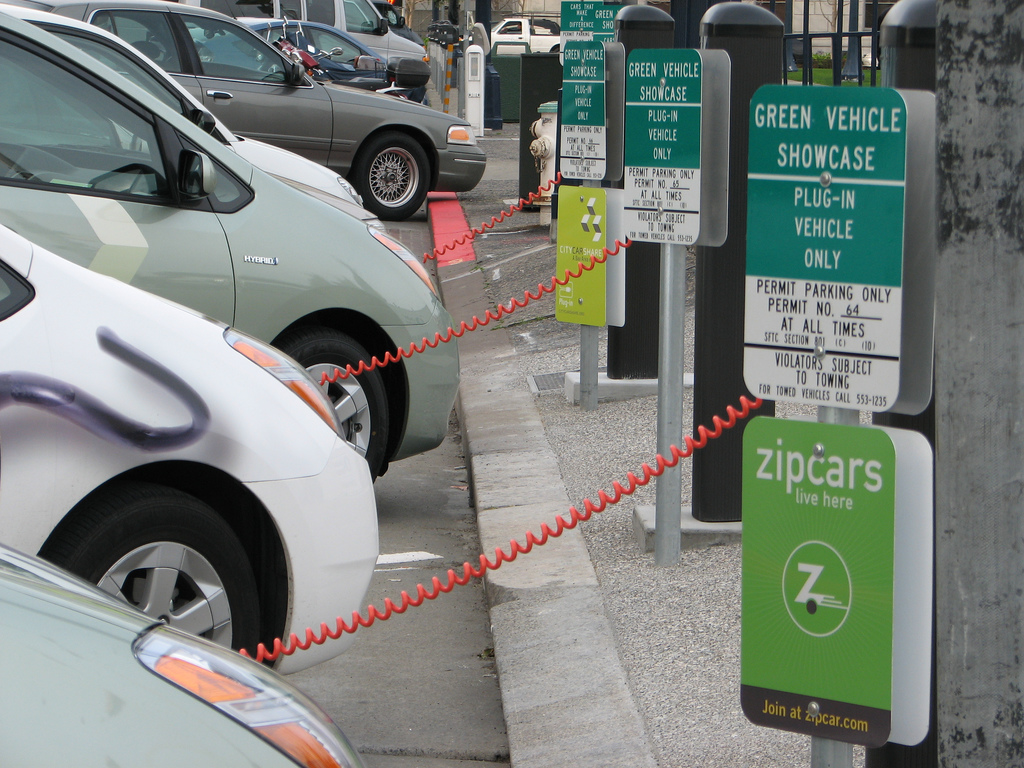Regardless of whether or not you yourself drive an electric car, the battery powered vehicles are growing in their popularity and prevalence. In fact, a recent study conducted by Pike Research has predicted a 40% growth in annual global sales by the year 2020. As manufacturers strive to make electric cars more affordable, interest is peaking, and more people are taking advantage of a means to save on fuel expenses. But if more and more drivers switch to electric vehicles (EVs), what impact will this trend have on our power grid? This post will explore the effect that charging stations may have on the grid, and what we can do to alleviate the situation.
EV Charging During Peak Hours
With more than 15,000 charging stations located across the US, and the majority of these with rapid chargers, we have to wonder what kind of impact this draw on electricity will have on peak demand. Will we find that EV drivers consume enough power during rush hour that it contributes to overall peak demand. Although experts originally predicted that people would focus on charging overnight, the emergence of high voltage rapid charging stations could increase the likelihood of charging during the day, thus placing greater demands on the grid. Interestingly, however, a recent report indicated that, generally speaking, the electric utility infrastructure is prepared to meet these extra demands, having thoroughly researched potential effects and taken steps to prepare.
In an effort to lessen grid impact, however, some regions are encouraging EV customers to use “end time” charge programming to ensure that power isn’t being drawn once the vehicle has been charged. Other areas are requiring new EV consumers to report to their utility provider of their EV purchase.
EV Charging at Night
Overnight vehicle charging could also pose some unique challenges, if left unaddressed or unattended to – at least on the local level. In areas where street-level transformers tend to be undersized and designed with the intent of having time to cool off from peak demand at night, the impact of multiple EVs being charged via 240 volt chargers could be significant. Over a sustained period of time, the excess current would eventually burn the transformer’s copper windings, resulting in a short, or even causing local loads to black out. When utility companies recognize that this is a possibility, however, and are able to plan for the excess load demands, enough surplus power can be generated to meet the new power requirements during what used to be “off peak” hours. This depends greatly upon the utility’s awareness and understanding of how many EV users are in their region, and how to take steps to handle it.
The good news here is that only just over 1/10 of recently surveyed utilities have indicated that they have any concerns about transformer overloading in their specific areas. In contrast, 2/3 of these companies feel confident that they have adequate transmission infrastructure in place.
Although there’s no way to predict the future with 100% accuracy, we do know that the purchase and use of EVs is on the rise and that we need to keep on eye on how this shift will impact the grid. For the time being, the majority of utility providers feel confident that they are prepared to withstand the demands placed on the power grid by charging stations. Even so, the long-term effects could vary significantly, based upon behavioral issues, economics, emerging technologies, tariff policies, etc. Being aware of what is going on in this sector is an essential part of staying on point with your enterprise’s energy expenditures. Team up with NuEnergen to learn more.

